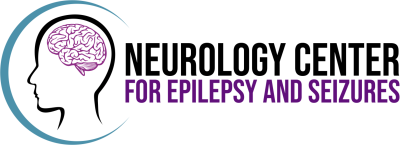If you have seizures or are the parent of a child who has seizures, then…

Video EEG Monitoring as a Diagnostic Tool
If you are experiencing neurological challenges, they can be difficult to diagnose. Neurologists cannot see the brain, so for years we had to base diagnoses on symptoms and static images of the brain. However, we have an additional powerful tool that can help us get a better look at the brain. Video EEG monitoring can show us what your brain is doing. That can help us make an accurate diagnosis and make it easier to find the right treatment protocol for you.
What is the video EEG test?
A video EEG (electroencephalograph) is a way to record brainwaves, while also recording video and audio of what is happening on the outside of the body. The EEG measures the brain’s electrical activity. Changes in the electrical activity can indicate seizures, one of the possible causes of behavior that is neuroatypical.
What does a video EEG test reveal?
In addition to determining whether physical events are correlated with changes in your brainwaves, an EEG can help pinpoint the area of the brain that is experiencing the disruption. That is very important if surgery is a potential part of your treatment plan.
What is involved in an EEG?
During the video EEG monitoring, we attach leads to your head and connect the leads to monitoring equipment. They can be done on an inpatient or outpatient basis, depending on your condition and what we are trying to measure. If you have frequent seizures or seizures that we can easily trigger, the EEG process may be just a few hours. Otherwise, the test needs to be longer. Since we may need to lower seizure medicines for the EEG, some patients will be hospitalized and monitored for safety during the EEG process.
Are there special rules during EEG testing?
There may be. Depending on your individual symptoms, we will personalize rules for your safety. Some patients are not allowed to get up and walk around during their tests. Others get to have mostly unrestricted behavior. We develop your rules based on how frequently your seizures occur, the type of seizures you have, and the severity of your seizures. Other safety measures include walking belts, seat belts, mitts on your hands, pads on bedding, and oxygen and suction machines on standby. You can usually have visitors, books, and even electronics. However, you may not be able to plug in your electronics because of potential interference with the EEG machines.



